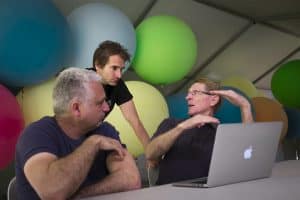The recent World Congress on Safety and Health at Work held a quite extensive media stream under the banner of the International Media Festival for Prevention. One of the entries, “Shoelaces“, has already been mentioned on this blog but there was a much greater variety.
These videos may be several years old (the Congress is held every three years) and can be watched from several perspectives. Several, like “Shoelaces”, offers an immediate emotional impact. Others require or deserve several views. Almost all of them should be appreciated for the creativity that they have applied to the topic of occupational health and safety. Continue reading “Recent safety videos”



 Recently
Recently